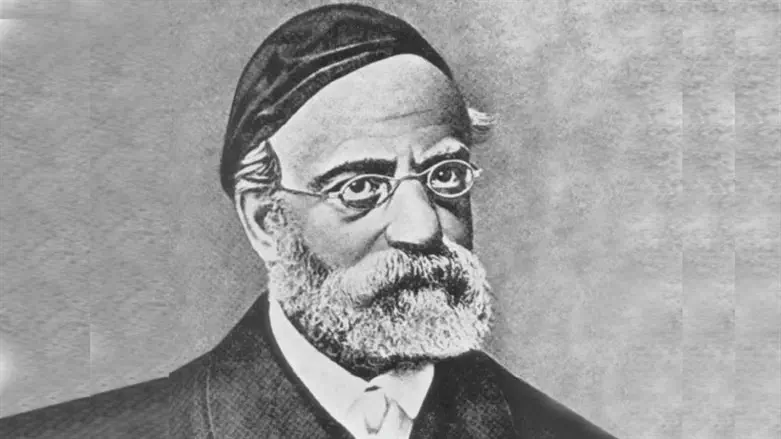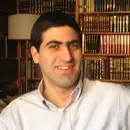
For a child, freedom is absence of authority. He experiences it daily in school during recess. The bell rings, and he rushes out of the classroom to the gym where he can run around without hindrance. No teacher is ordering him about. He can do essentially whatever he wants.
Mature adults view freedom differently. They understand that to be truly free, “for our best, highest selves to soar, other parts of us must be tied down, enclosed, limited, bound,” as Sohrab Ahmari, the former opinion editor of The New York Post, once wrote.
According to Rav Samson Raphael Hirsch, the two goats offered on Yom Kippur – one sacrificed in the Beit Hamikdash and the other pushed off a cliff in the wilderness – represent these two kinds of freedom.
The azazel goat stands “alive” before G-d (Leviticus 16:10). Untamed vigorous life courses through its veins. It is “untouched and unchanged” by the elevating influence of the Torah, writes Rav Hirsch. Indeed, this azazel goat “ridicules the sacrifice of a life turned towards G-d, sees over the threshold of the Sanctuary of the Torah only slavish repressions in life…and sees freedom and life beckoning far away from it.”
This goat wants to be free of all external chains. But this desire dooms it. For in rejecting external chains, it inevitably succumbs to internal ones. It surrenders to “the uncontrolled might of sensuality.” And in so doing, it condemns itself “to a miserable death.”
The other goat – the sa’ir laHashem – represents a more mature freedom. It represents the freedom that comes with rising above the ineluctable laws of nature. Only human beings possess this ability. Plants and animals obey nature’s laws irresistibly. They have no free will. Man does. For he was made in G-d’s image. Thus, he can overcome his physical urges and emerge free to live for something higher.
Both types of “freedom” lie before us every day. Both goats – the sa’ir laHashem and sa’ir la’azazel – looked the same and cost the same (as per the requirements of halacha). Both were bought at the same time. And the two “ballots” the kohen gadol held over the goats were also essentially identical in appearance. No one – and no thing – compels us to choose one type of “freedom” over the other. Both seem attractive. So the choice is ours: We can employ goat-like stubbornness to resist our physical impulses and serve Hashem or we can employ goat-like stubbornness to ignore our higher calling and yield to our animal nature.
If we choose Hashem – if we “give up, under the sharp cut of His sanctification, the selfish life of our bodily senses” – we will attain “freedom in the truest sense of the term.” If, however, we choose our animal nature – “our selfish life of desires” – we may think we have chosen “the path of freedom,” but all we’ve really done is thrown ourselves off a cliff.
Rav Samson Raphael Hirsch (1808-1888) – head of the Jewish community in Frankfurt, Germany for over 35 years – was a prolific writer whose ideas, passion, and brilliance helped save German Jewry from the onslaught of modernity.
Elliot Resnick, PhD, is the host of “The Elliot Resnick Show” and the editor of “The Rav Samson Raphael Hirsch Dictionary.”
